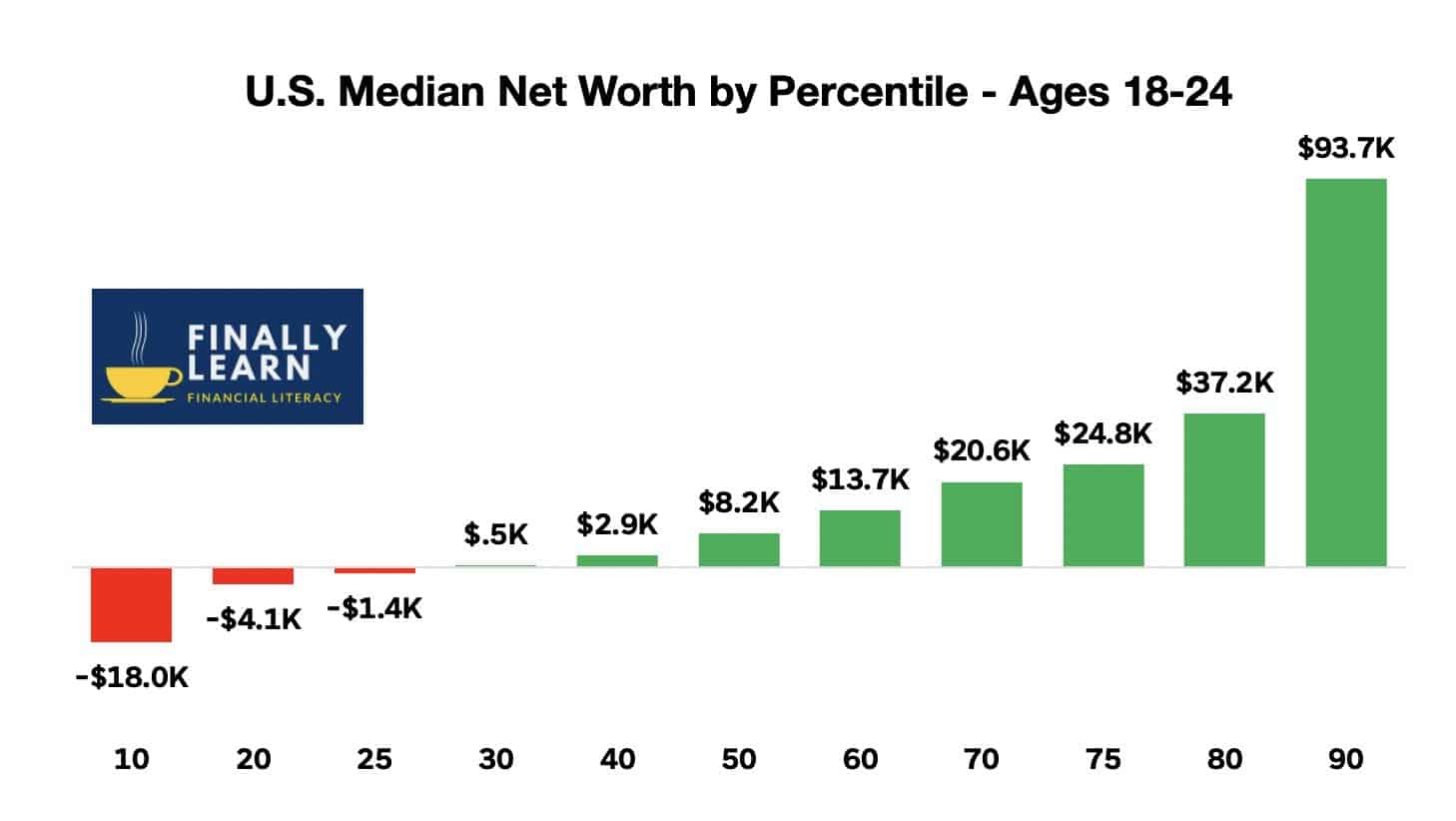Net Worth 30 - Understanding System Value
Think about the heart of any system, whether it is a piece of software, a creative project, or even a community effort. Its true worth, or perhaps its "net worth," is not just about what it can do right now, but how it has grown and adapted over time. That, you know, accumulated value, often comes from a series of thoughtful improvements and careful adjustments. It is, in a way, like watching something mature and become more capable, something that truly stands on its own.
This idea of a system's value at a particular point, say, when it has reached a certain level of development or perhaps undergone thirty significant updates, is pretty fascinating. It makes you consider what makes something truly robust and ready for whatever comes next. We are, after all, talking about the sum of its parts, its history of refinements, and its capacity to perform, which all contribute to its overall standing.
So, as we look at what makes a system truly valuable, we will consider the different elements that add up to its complete picture. It is not always about flashy new features; sometimes, the real strength comes from deep-seated improvements and a commitment to keeping things running smoothly. This perspective, you see, helps us appreciate the quiet work that goes into building something that lasts and maintains its worth.
Table of Contents
- What Does a System's Net Worth at 30 Look Like?
- The Initial Confusion with Net Worth 30
- How Do We Measure a System's Net Worth at 30?
- Security and Stability in Net Worth 30
- Is Your System's Net Worth at 30 Accessible?
- The Role of Tools in Boosting Net Worth 30
- What's Next for Net Worth 30?
- Continuous Improvement for Net Worth 30
What Does a System's Net Worth at 30 Look Like?
When a system reaches a point of maturity, perhaps after many rounds of improvements, it takes on a particular character. Think about a piece of software, for instance, that has been through several significant overhauls. We hear that a certain core framework, say "Net 8.0," got a very recent refresh, a big update that happened in late spring of 2025. This kind of ongoing work, you know, where something is continually brought up to speed, really speaks to its enduring value. It shows a commitment to keeping the system current and useful, which, in a way, adds to its overall "net worth."
The details of these updates, like what is in the release notes, give us a glimpse into the careful thought put into each improvement. It is not just about changing things for the sake of it; it is about making meaningful enhancements that solidify the system's position. So, the worth of a system at this stage, call it "net worth 30," is tied to how consistently it has been maintained and improved, reflecting a steady accumulation of value rather than just a single, static snapshot.
The Initial Confusion with Net Worth 30
Stepping into a new area, especially one with lots of moving parts, can feel a bit overwhelming, couldn't it? It is like trying to make sense of a big puzzle when you first get started. Someone new to a particular technical field, for example, might find themselves facing a lot of different versions and approaches, leading to a good deal of bewilderment. They might search quite a bit, looking for simple, easy-to-grasp explanations, but sometimes those plain answers are, well, just a little hard to find.
This initial feeling of not quite getting it, of being a bit lost among many options, is actually quite common. It shows that even for something with a solid "net worth 30," the path to understanding its full value might not always be perfectly clear from the get-go. The challenge, you see, is in making that wealth of information accessible and easy to digest for newcomers, so they too can appreciate the system's true capabilities.
How Do We Measure a System's Net Worth at 30?
Assessing the current standing of a system, its "net worth 30" if you will, often comes down to figuring out its current state. How do you find out which version of a particular framework is actually running? This question, you know, is pretty fundamental to understanding what you are working with. It is like checking the label on a product to see its specifications; you need to know the specifics to appreciate its capabilities and its place in the bigger picture.
The documentation around these systems, for instance, often provides a good overview of recent changes. An article might describe security and cumulative updates for specific versions, like 3.5, 4.8, and 4.8.1, for certain operating system builds. This kind of summary gives you a quick way to gauge the health and currency of the system. It is, basically, a report card that helps you assess its present value and what has been done to keep it in good shape, which is part of its overall "net worth 30."
Security and Stability in Net Worth 30
A significant part of any system's value, or its "net worth 30," comes from its ability to stay secure and reliable. We hear that while some updates bring many new features, others are primarily focused on making things safer. For example, some releases might not introduce brand-new security elements, but rather reinforce existing protections, making the system more resilient against potential issues. This kind of quiet, steady work on the foundations is incredibly important, arguably more so than flashy additions.
The way these updates are presented also speaks to their importance. In older operating system versions, like Windows 7 Service Pack 1 and Windows Server 2008 R2 Service Pack 1, a specific update for a framework, such as Microsoft .NET Framework 4.8, shows up clearly as an installed item in the control panel. This visibility, you know, means that its contribution to the system's stability and security is recognized. It is a tangible asset that contributes directly to the system's overall "net worth 30," ensuring it remains a trustworthy and dependable asset.
Is Your System's Net Worth at 30 Accessible?
The true value of a system, its "net worth 30," is often tied to how easily people can use it and how well it connects with other things. Imagine trying to use a system that just will not link up to the internet, making it impossible to send emails, browse pages, or listen to music. That, obviously, means you are cut off from its full capabilities. Fortunately, many common connection problems can be sorted out without too much fuss, which is a relief, really.
The ability of a system to work across different environments also adds to its accessibility and, therefore, its worth. For example, a particular web installer for a framework like .NET Framework 4.6.2 works with various Windows versions, from Windows 7 Service Pack 1 all the way to different builds of Windows 10. This broad compatibility means the system is not locked into one specific setup, allowing it to reach a wider audience and provide value in more places. It is this widespread usability, you know, that really boosts its "net worth 30."
Beyond basic connectivity, a system's ability to offer useful functions also speaks volumes about its value. With platforms like SharePoint, for instance, you can do a whole bunch of things, like putting up and sharing files in a shared space. These practical uses, which let people get work done and collaborate, are key indicators of a system's real-world "net worth 30." It is not just about what it is, but what it enables you to accomplish.
The Role of Tools in Boosting Net Worth 30
The usefulness of extra tools and capabilities can significantly increase a system's overall "net worth 30." Consider, for example, specialized offerings that allow you to convert code from one form to another, like decompiling into VB.NET, IL, or C#.NET. Someone might find this kind of flexibility extremely helpful, allowing them to work with the system in ways that suit their particular needs or preferences. This adaptability, you see, makes the system more versatile and, therefore, more valuable to a wider range of users.
Just like core updates, the presence of these additional components is often clearly visible. In older operating systems, for instance, a specific framework like Microsoft .NET Framework 4.6.2 shows up as an installed program in the control panel. This clear listing means that these valuable additions are recognized and accounted for, contributing to the system's overall inventory of useful features. It is these supplementary capabilities, you know, that help round out and truly enhance a system's "net worth 30."
What's Next for Net Worth 30?
Looking ahead, the ongoing development of a system is a clear sign of its continued relevance and future "net worth 30." We see that updates are regularly rolled out, bringing both security fixes and general improvements to different versions of frameworks. For example, a recent update in April 2025 for Windows 11, across a couple of its versions, included important stability and security enhancements for several .NET Framework versions, from 3.5 to 4.8.1, and also for newer iterations like .NET 4.5+, .NET Standard 1.1+, and .NET Core 1.0+. This continuous stream of refinements means the system is always getting better, always adapting.
The direction of development also tells us a lot about what is considered valuable. The text mentions that a certain approach is currently the preferred one, highlighting that it is both asynchronous and high-performing. This focus on modern, efficient ways of working is a strong indicator of where the system's "net worth 30" is headed. It is about staying current with best practices and ensuring that the system remains at the forefront of what is possible, which is pretty important, really, for its long-term viability.
Continuous Improvement for Net Worth 30
The idea of constant improvement is, honestly, at the heart of maintaining and even increasing a system's "net worth 30." It is not a one-time thing; it is an ongoing process of tweaking, fixing, and enhancing. The fact that various parts of a system, like different framework versions, receive regular updates that bundle both security and general reliability fixes, shows a real commitment to its longevity. This steady effort, you know, keeps the system from becoming outdated and helps it stay relevant in a changing environment.
This commitment to regular updates means that the system is always being polished and made more dependable. It is like a well-cared-for machine that gets its regular service to ensure it runs smoothly. The focus on making things more reliable and secure, even for older versions, means that the system's foundational "net worth 30" is always being shored up. It is a proactive approach that ensures the system remains a valuable asset for years to come, which, basically, is what everyone wants from their technology.

U.S. Average Net Worth by Age 30 | Finally Learn

Here’s how my net worth has changed in the last 20 years – Personal

What should my net worth be by age group (with and without homes